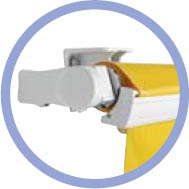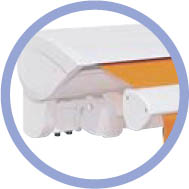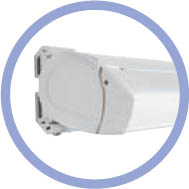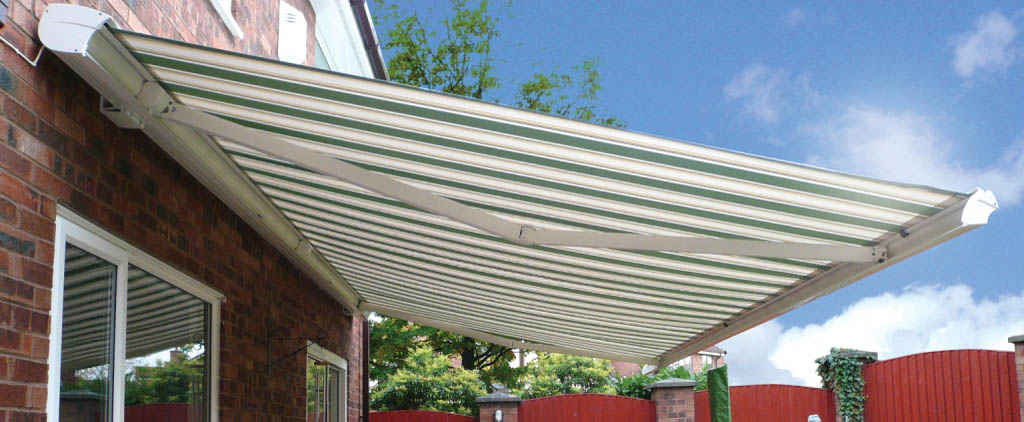The Difference Between Non-Cassette, Half-Cassette and Full Cassette Awnings
One of the most common questions we receive about our awnings is what exactly is meant by non-cassette, half-cassette (semi-cassette) and full cassette awnings.
To help you understand and choose the right awning for your property, we have put together a little guide on each of the awning cassette styles.
What is a non-cassette awning?
 |
A non-cassette awning is where the awning housing is full exposed. When retracted, the fabric and roller re exposed to the elements and therefore more susceptible to wear and damage. Non-cassette awnings are the cheapest of the styles for this reason. Rain pelmets are available for our non-cassette awnings to help protect the awning from the weather, although this is an optional extra. Due to their lack of covering, these awnings are suitable for placement into smaller spaces and recesses. |
What is a half-cassette awning?
 |
Half-cassette awnings, also referred to as semi-cassettes awnings, are partially covered awning systems that, when retracted, provide more protection from dirt and the weather than the non-cassette but not quite as comprehensive as the full cassette. In most half cassette awnings, it is the top half of the awning system which is covered whilst the bottom half is exposed. |
What is a full-cassette awning?
 |
Full cassette awnings are completely enclosed when retracted to help protect the awning fabric and mechanisms from dirt, water and the elements. Full cassette awnings are the best style of awning you can buy and provide the most protection. |
All of our bespoke awnings can be operated manually using a winder handle or electronically using a wireless remote control. Different styles of awning can be used on a property to provide various elements of shade and cover, all the while being operated together or individually using a single remote.
We can fit awnings with a wind sensor so that if you accidentally leave the awning open, it will retract automatically if it senses any wind vibration that could damage the awning system.

